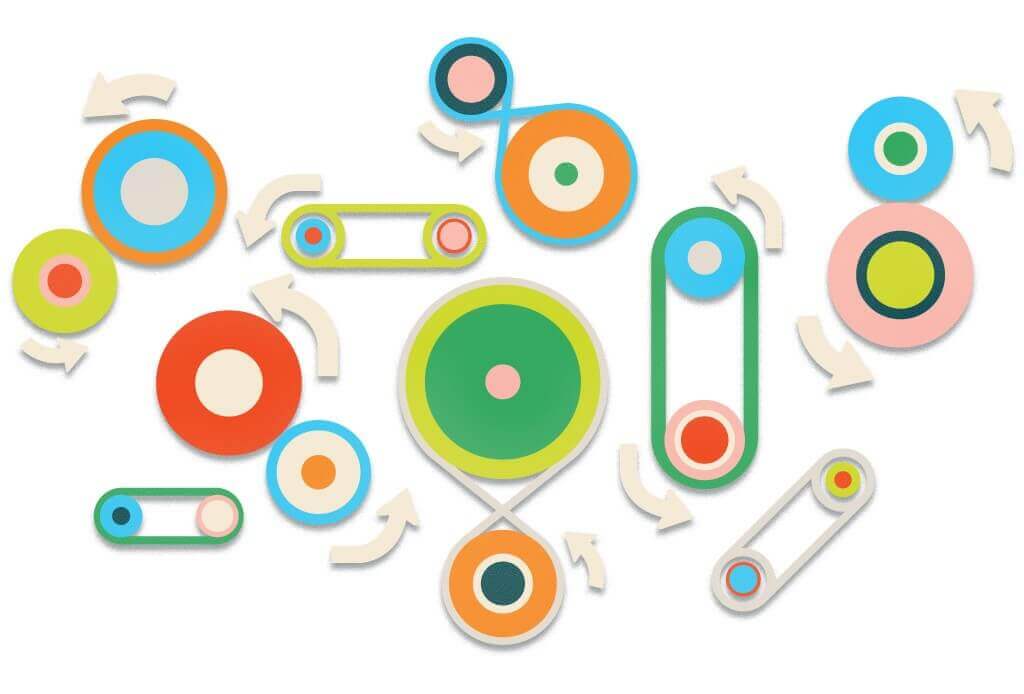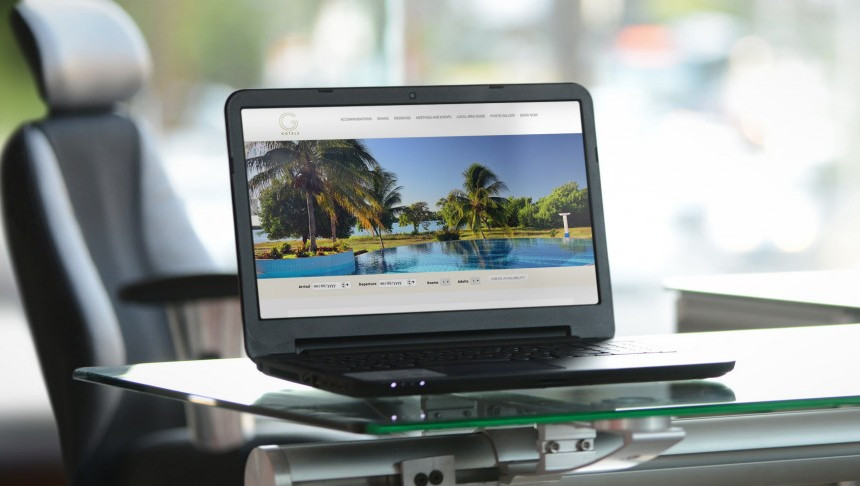
In hospitality, marketing automation is on the leading edge of industry technology. Despite years of 50 percent annual growth, marketing automation is still the new new thing for almost all companies in the United States.
“We see only about 3 percent penetration in non-technology midmarket companies,” Act-On CEO Raghu Raghavan told VentureBeat.
The good news is, it’s unlikely your competitors are leveraging their guest data. There is a huge opportunity at this moment in time for organizations on the forefront of the industry to benefit from the power of hotel marketing automation before their competitors get up to speed.
The not-so-great news here is, hospitality as an industry is not optimized for maximum marketing automation success. Guest data exists in disparate systems and there’s often no way to look at it all in once place, and more importantly, act on it. There is also not currently an alignment of goals and functions across departments, as there was previously no way for marketing to leverage data like revenue management insights, for example.
To achieve maximum success, it’s important to understand what hotel marketing automation does well as well as what its limitations are.
Hotel marketing automation works well with a well-defined process in place; it doesn’t automate your entire organization so much as streamline and scale a hotel’s ability to talk to guests on a personalized level.
All marketing automation relies on preset logic (“If this X happens, then do Y”; “if X does not happen, then do Z”). Hotel marketing automation specifically also relies on a hotel’s ability to collect and centralize data. So, if you can’t create a segment of incoming guests based on their dates of stay in your marketing database because you don’t have emails for your incoming guests, then you can’t send those guests content that is relevant to them and the dates of their stay, specifically.
Read rest of the article at: Revinate




